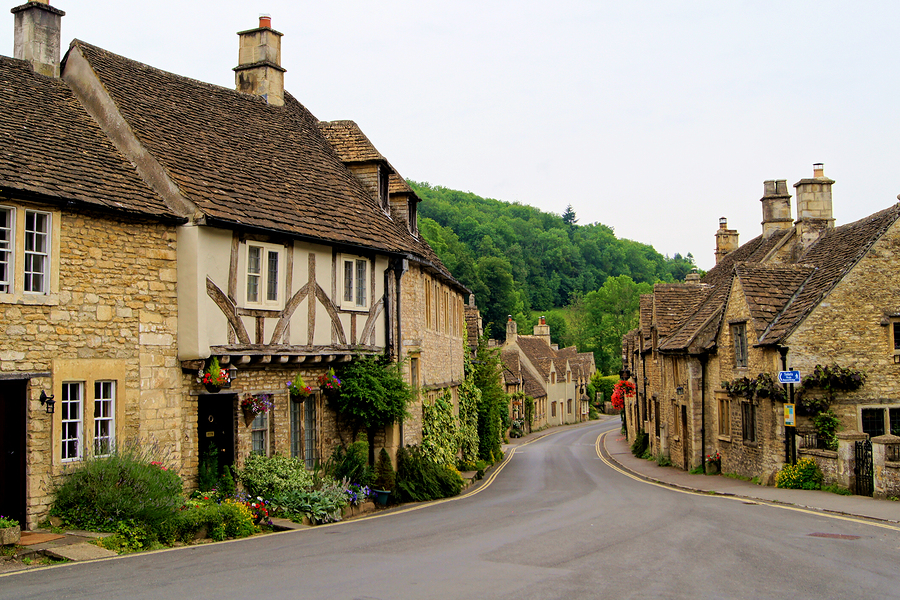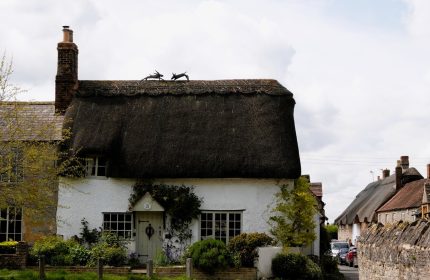Renovating and maintaining listed buildings
There are special rules for insuring and renovating listed buildings and heritage homes in Britain.
These buildings are given their listed status because of their historical and architectural interest – it’s a means of protecting them from damage and alteration and safeguarding these special buildings for future generations.
In general, the rarer or older the building is the more likely it is to be listed and particularly if it retains many of its original period features.
In Britain we’re lucky to have thousands of heritage homes around the country – there are still many homes built between 1700 and 1840 being lived in today.
Checking if your home is listed
There are three types of listed designations in the country, each signals how rare a home or building is:
- Grade I – Rare and of exceptional interest. Grade I buildings make up just 2.5% of listings, and very few are homes.
- Grade II* – Considered buildings of particular importance of more than special interest.
- Grade II – Considered buildings of special interest, that warrant every effort to preserve them. 92% of listed buildings in the country are Grade II.
Most homeowners know already if they are living in a listed building because there are certain rules and responsibilities they must adhere to. However, it is possible you may not be aware you’re living in a Grade II listed property and is always worth checking, particularly if you intend to market your home or purchase another. You can find out what’s listed in your community by contacting your local council office or searching online through databases like British Listed Buildings.
Protecting and maintaining your home
When you live in a listed building protecting and maintaining your home is the most important thing. Because these homes have special status, at any time your local authority can serve a ‘repairs notice’ if it believes the building is not being preserved properly.
Organisational bodies like the Historic Buildings & Monuments Commission, English Heritage and some local councils will offer grants for repairs and alterations and essential maintenance to help out.
Getting the right insurance is another important concern – buildings insurance is based on how much it would cost to re-build the property if it were completely destroyed, rather than its market value. Since many of these buildings are irreplaceable, they often fall under a ‘non-standard’ insurance policy and will need a specialist valuation and specific insurance policy. Issues like damp, drainage and decay can also be a problem, so any buildings insurance policy you do have should have adequate cover to deal with a number of issues that may arise from minor to major.
Renovation rules
Carrying out alterations to a listed building is more complicated than the average home because there are special planning permissions that need to be put in place. To do any alterations, you’ll need ‘Listed Buildings Consent’ from your local planning authority. Depending on where you live, something as simple as a coat of pain could require planning permission, and there are huge penalties for ignoring or failing to get permission.
That’s not to say it’s not possible – English Heritage states that in general it’s possible for listed buildings to be altered; plans are reviewed on a case-by-case basis.
Disclaimer
The contents of this article are for reference purposes only and do not constitute financial or legal advice. Independent financial or legal advice should be sought in relation to any specific matter. Articles are published by us without any knowledge or notice of the circumstances in which you or anyone else may use or rely on articles or any copy of the information, guidance or documents obtained from articles. We operate and publish articles without undertaking or accepting any duty of care or responsibility for articles or their contents, services or facilities. You undertake to rely on them entirely at your own risk, and without recourse to us. No assurance of the quality of articles is given or undertaken (whether as to accuracy, completeness, fitness for any purpose, conformance to any description or sample, or otherwise), or as to the timeliness of the publication.





















